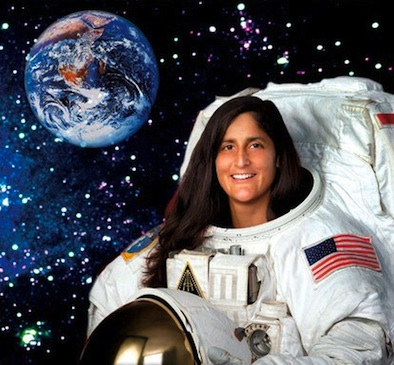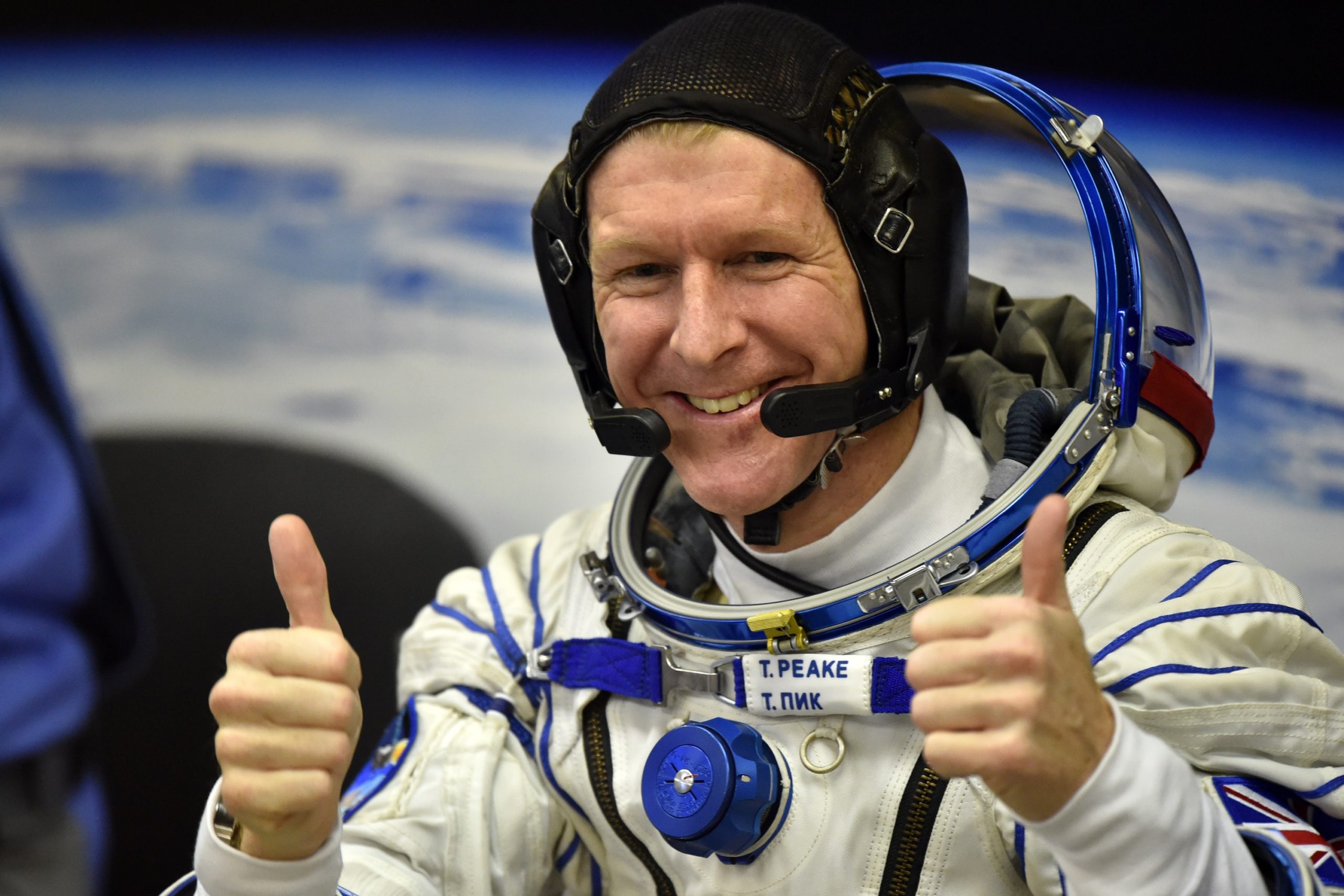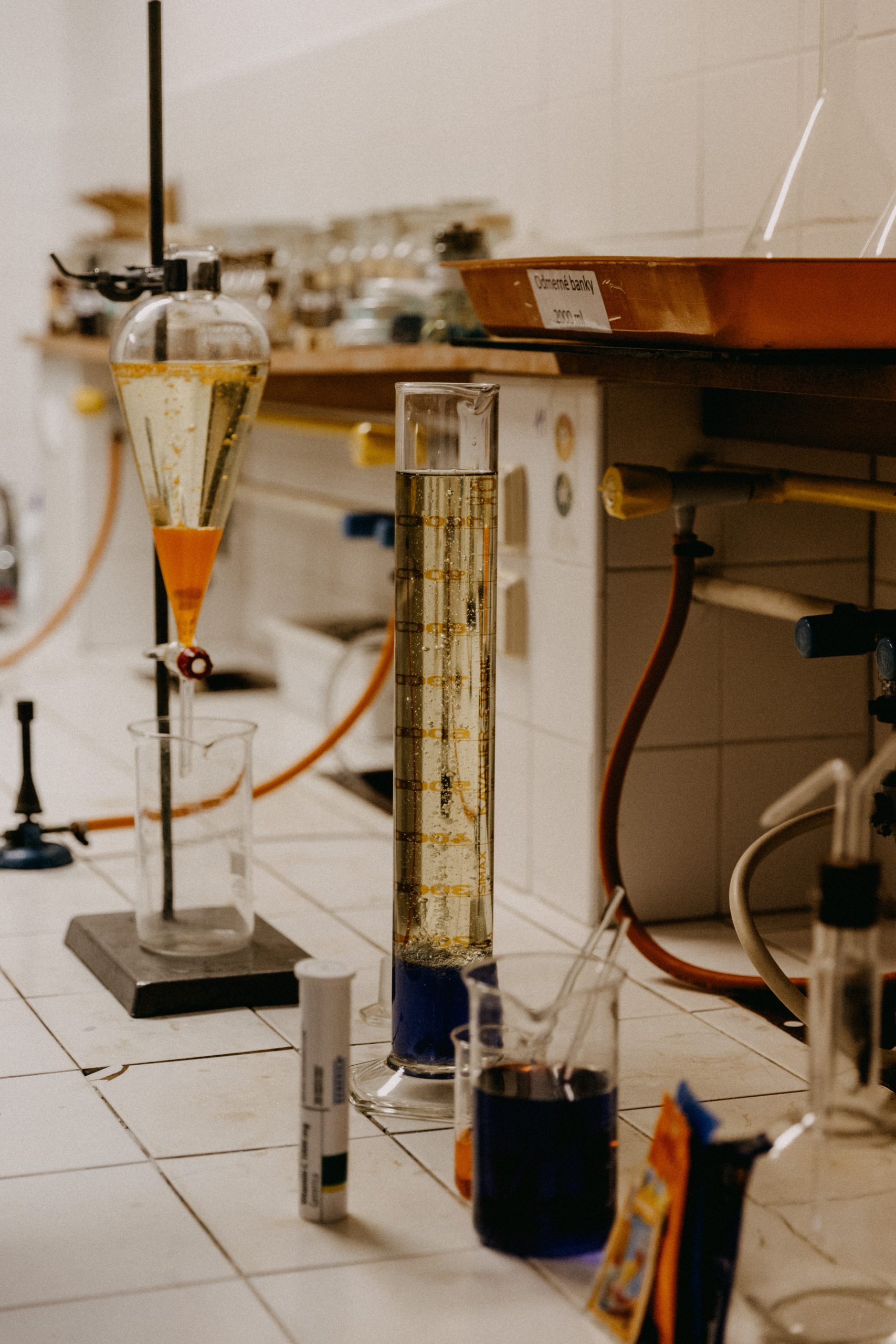
Kuiper Belt "Twins" Found by New Horizons
Two asteroid couples in the far reaches of the solar system have been discovered by New Horizons. The fact that they exist provides new information on how planets develop. Don't Put Off the Pleasure: Why We Gaze Into the Sky What is your motivation for stargazing? Jennifer Willis, an amateur astronomer, investigates how the night sky may help people reconnect. It's the brightest comet 29P that we've seen in recent years. Discover one of the sun's most fascinating dwarf planets experiencing a spectacular superoutburst. Cassiopeia's Basket of Wonders Clusters of pretty flowers in a row Nearly motionless viewing of nine distinct open clusters in Cassiopeia is possible with a small telescope.
News
Space
Space is a fascinating subject, and becoming an astronaut is one of the most incredible achievements ever.
After a communications outage, the Perseverance rover takes its first pictures of Mars.
NASA's Resilience The Mars rover has returned to work on the Red Planet after experiencing its first "solar conjunction" darkness. It's even sent home its first photographs of Mars since reawakening. When the Red Planet went behind the sun from Earth's perspective, the car-sized Perseverance and other Mars spacecraft had to take a break for roughly two weeks. Our star can distort commands sent from Earth to Mars during this alignment, known as solar conjunction, therefore NASA and other space agencies don't take the chance.
The latest Jupiter atmospheric discovery will be made public by NASA on Thursday. How to see live television.
Fresh knowledge about how Jupiter's atmosphere works beneath the big planet's colourful clouds will be presented at a NASA briefing on Thursday (Oct. 28). The event will be broadcast live on this page at 3 p.m. EDT (1900 GMT), as well as on NASA TV, the NASA app, the NASA website, and the agency's social media platforms. People associated with the Juno project, which is examining Jovian weather systems up close, will be present in large numbers.
Charcoal residues from flames that raged throughout Antarctica 75 million years ago provide evidence of the continent being scorched.
A new study indicates that raging flames tore through Antarctica 75 million years ago when dinosaurs still roamed the Earth. Antarctica's James Ross Island was home to a temperate forest of conifers, ferns, and flowering plants known as angiosperms, as well as a bevvy of dinosaurs, during the late Cretaceous period (100 million to 66 million years ago), one of the warmest eras on Earth. But it wasn't all sunshine and roses; ancient pale fires charred areas of those trees, leaving charcoal residues that scientists have now collected and analyzed.
A marathon in orbit
A sporadic astronomy blog from the United Kingdom (mostly). wondering who was the first person to complete a marathon in space, etc. The first person to complete a marathon in orbit while aboard an astronaut ship Sunita Williams was the first astronaut to complete a marathon in orbit, despite what has been claimed by a number of major media outlets in recent months. On the International Space Station, she completed the 2007 Boston Marathon while while working as a flight engineer. It appears that Tim Peake will be the "first person" to achieve this at tomorrow's London Marathon, according to the Telegraph (UK), ITV News (UK), and the Courier Mail (Australia). Tim Peake will not be the first person to run a marathon while in space, as reported by ITV News. UK astronaut runs space marathon for first time, according to The Courier Mail. Who read "Tim Peake will become the first man to run a marathon in space" but failed to notice that the word "man" was an important qualifier. Perhaps the erroneous idea that men established records initially led to the change from "first man" to "first person." Additionally, it shows that the authors of these pieces lacked crucial background knowledge and time to conduct simple fact checking.

Sunita Williams
Learn more
Tim Peake
Learn moreBasics of astrophysics: Understand Before Diving In

Astrophysicists employ the principles of physics and chemistry in the appropriate statistical statements they make about the universe in order to get a more profound comprehension of where we are in relation to the whole of the cosmos. There are various subfields of astronomy that span a broad variety of astronomical issues, including the study of celestial objects like stars, planets, galaxies, nebulae, and other celestial objects. One of these subfields is called exoplanet research. Under the broad heading of cosmology, the scientific topic known as astronomy and astrophysics for people in a hurry may be broken down into its many specialized subfields.
The most unadulterated kind of perception
The field of astrophysics focuses on the in-depth investigation of phenomena and phenomena spanning in scale from the microscopic to the mesoscopic. Astronomy is the study of a variety of topics, including but not limited to the movements of celestial bodies, their locations, and their luminosities. For example, cosmology investigates everything from the most enormous objects in the cosmos to the structure of the universe as a whole.

The three subfields of research are deeply connected with one another. Astronomers are often the first people to locate a nebula or to determine the kind of light that it produces. In certain situations, they are also the first to discover the location of a nebula. Researchers who specialize in astrophysics are the only ones who can definitively explain how and why the nebula arrived at its current location. A cosmologist is the best person to provide answers to questions about the evidence’s connection to the beginning of the Big Bang. Alternately, they may all provide their opinions simultaneously on all three issues at the same time.
Sir Isaac Newton: The first person In Astronomy
Conceptual astrophysics has only been there since the time of Isaac Newton in the field of astronomy, despite the fact that it has a long history. The attempts of earlier astronomers to recreate the movements of so-called “heavenly bodies” were not supported by any scientific explanation. He demonstrated a hypothesis that governs the velocity of the planets and asteroids in space, and it’s possible that this theory might also explain the speed at which a cannonball travels on Earth. At this point, we have sufficient proof that the “heavens” and Earth both function according to the same fundamental principles. This is beyond my comprehension! The power of Newton’s theory to explain and predict events was the most remarkable aspect of the scientist’s work. The observation of the orbital oscillations of Uranus prompted astronomers to hypothesize the existence of a second planet; the discovery of Neptune proved that this hypothesis was correct.
Popularization
When scientists in the 17th century developed a grand theory of physics that could be applicable to both the terrestrial and celestial worlds at the same time, this is when the history of astrophysics can be traced back for the very first time. This is where the history of astrophysics can be traced back. This event is considered to be the beginning of the scientific field of astrophysics. A significant amount of the groundwork that was laid for the contemporary field of astrophysics was carried out by physicists who also had degrees in the field of astronomy.
Structural Geology
This is the first in a new series on Geomythology on the EGU TS blog. Although the notion of plate tectonics has only been around for a little over 50 years, the Earth beneath our feet has always been dynamic. Here, we'll take a closer look at the mythical and historical explanations for well-known tectonic occurrences such as earthquakes. Earthquakes in Japan Japan is one of the most earthquake-prone countries in the world. Shear zones are locations of extreme deformation when the crust moves in relation to other blocks. Lineations tell us the direction of movement, as do S-C fabrics, and other kinematic markers like S-C fabrics help geologists figure out which way rocks moved in shear zones previously discussed. But, despite this... All of us had to adjust to meeting our coworkers and collaborators exclusively virtually for the previous year and a half until it was eventually time for an in-person conference. The GeoMod 9th edition was held in a conference center outside of beautiful Utrecht from the 19th to the 23rd of September 2021. (the Netherlands). Initiated by Ernst Willingshofer, Ylona van Dinther, and others, the planning committee…
Tectonics
A Theory Backed by Indigenous Stories About Makin Island's Distinctly Out-of-Place Rocks How Indigenous Stories Backed by Scientific Research About Three Huge Boulders Teotihuacán was built as a result of ancient Mexicans shifting land and bending rivers. Three Alaskan volcanoes are erupting at the same time, thanks to Mesoamerican architects who altered the landscape in ways that have ramifications for current development. In the Aleutians and other U.S. locations, scientists continue to keep an eye on what's going on. Is This the Earliest Evidence of Animal Life? Predating times of intense cold and the planet's second oxygenation spike, the 890-million-year-old artifact was found in a field in Wyoming. Seismic data shows 52-foot waves 5,000 feet below Louisiana in seismic images. Predicting the collapse of Southern California's Bluffs: A Scientific Approach Lidar is being used by researchers to gain a better understanding of the erosive forces responsible for beachfront cliff collapse. Fiery eruption from Azerbaijan's Mud Volcano The raging inferno reached a dizzying height of 1,600 feet. According to recent findings, Venus could still have geological activity.
For students and young professionals looking to get into the chemical community,
check out one of the most up-to-date chemistry blogs on this list, Chemblog. In order to reach a wider audience, blogger Mariam Zaki holds an advanced degree in Medicinal Chemistry and translates all of her blog posts into Arabic. Science communication, government science policy, and chemistry's impact on daily health decisions are just a few of the issues she covers. She also covers chemistry-related news. In November of this year, Mariam's blog is still quite active and written in a conversational style. Follow her on all of her current social media platforms by clicking on the links below!
'C. Hall,' a PhD Organic Chemist who writes under the pen name "C. Hall,"
brought new life to this blog's content in 2019. The site's layout makes it simple to locate the entries that are most relevant to you, and the writing style is conversational and easy to understand. Simple chemistry experiments that can be performed at home, the greatest chemistry textbooks, and scientific achievements in chemistry are some of the post subjects covered. Chemistry Hall is also on Twitter, so be sure to check there for news about new posts!
"Chemical Connections," a blog by Stuart Cantrill, editor-in-chief of @NatureChemistry,
explores the internet for all the things a chemist would find intriguing. When he's not blogging about chemistry, he's tweeting as @StuartCantrill and keeping up with chemistry-related social media news. Check out his list of chemist Twitter accounts to follow! Additionally, he explores the chemistry involved in distilling gin, as well as other themes relevant to everyday life from a chemistry standpoint, all in a conversational and approachable manner.

